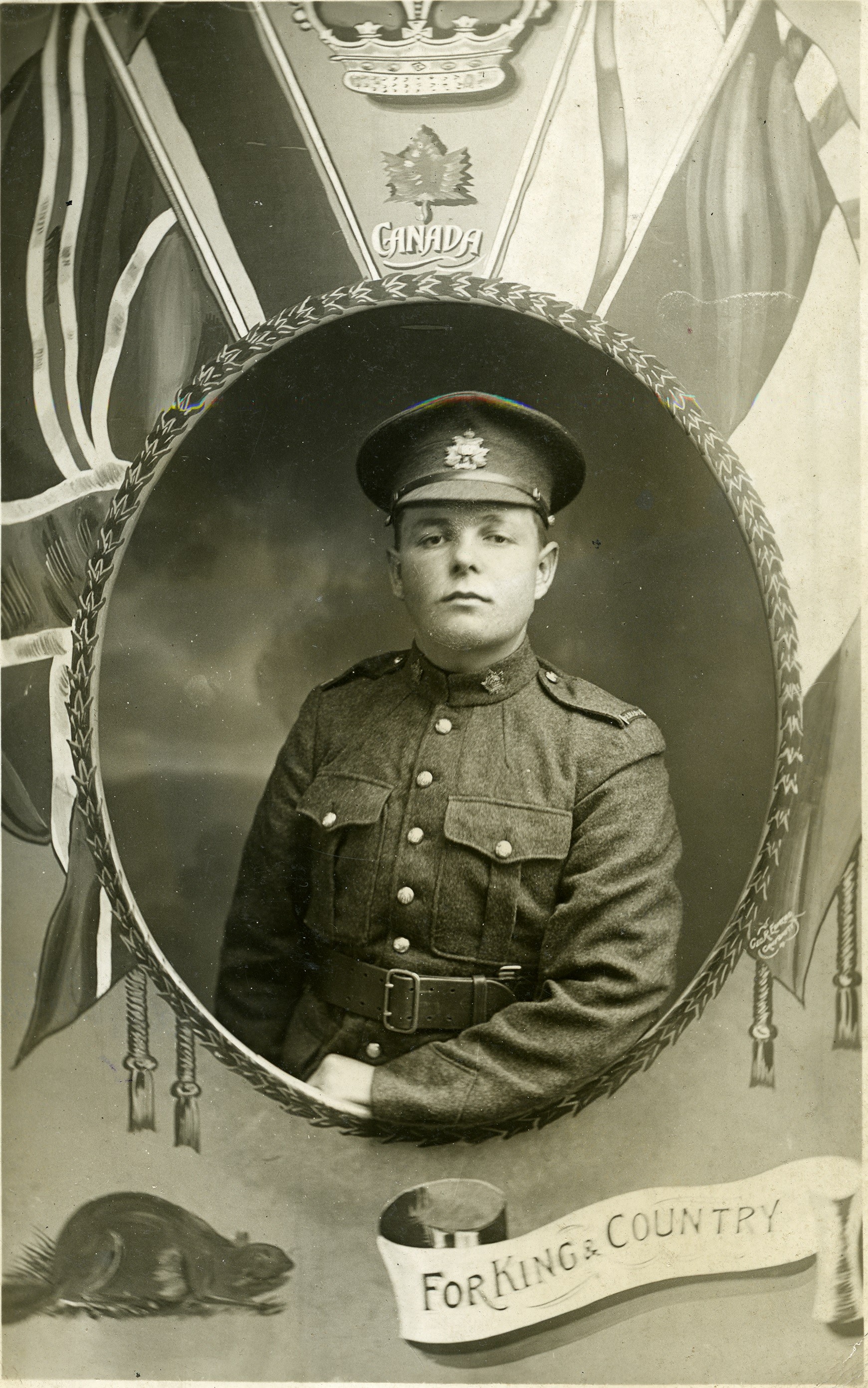As everyone undoubtedly knows, today, March 1st, is an important date on the annual calendar.
It is St. David’s Day, the patron saint of Wales, the ancestral home to many notable residents of Central Alberta.
St. David (Dewi) was born in the sixth century in Wales. He was renowned for his abilities as a teacher and preacher as well as for his hard work in founding churches and monasteries throughout the country. He was also noted for his very simple and plain-living lifestyle.
The symbol of the dove is often connected with St. David.
He is also credited with encouraging Welsh soldiers to wear a leek on their armour so that they could be easily identified on the battlefield. Hence, there is a tradition of wearing a leek on one’s lapel on St. David’s Day.
Although Wales is a relatively small country, Welsh immigrants have contributed a great deal to the history and development of Central Alberta.
One excellent example was William Richards, patriarch of a multi-generational family who have lived and farmed south east of Red Deer for more than 130 years.
Richards originally operated a farm, store and post office at Llanfiangel in Montgomeryshire in Wales. In 1882, he was forced to move as the valley where he lived was being flooded to create a water reservoir for the City of Liverpool.
Tragically, just as the family learned of the pending forced move, his wife, Alice, passed away. That left William as a single parent of four children, the youngest of whom was only six years of age.
William was not only bereaved, he was also increasingly crippled with rheumatism. Nevertheless, he decided to start a new life, not in another part of Wales, but on the emerging western Canadian frontier.
He and his children found a promising new home at Horn Hill.
The district was fertile, with good pasturage, water and many trees to make new homes, barns and fences. However, there were no neighbors in the vicinity. In fact, the legal surveys had not been fully completed yet to help William and his sons identify where exactly the new homesteads, which they each wanted to take out, would be.
There were many challenges beyond the remoteness of the area.
In the spring of 1885, the Riel Rebellion broke out. While almost all the people in Central Alberta fled to Calgary for safety, William refused to leave his new home. The North West Mounted Police finally had to go out to bring him to Fort Normandeau for his own protection.
One additional challenge that the police faced was the fact that the stubborn old gentleman spoke Welsh and very little English.
Gradually the farms were built up with members of the family taking freighting, construction and other jobs to bring in some much-needed cash.
Over succeeding years, the family raised prize-winning livestock, poultry, produce and grain. They became particularly well-known for purebred horses (Clydesdales and Hackneys) and later for prize Ayrshire dairy cattle.
The family won countless awards at the local Red Deer Fair, beginning with the first one in 1892. They won awards at provincial and national fairs and exhibitions, including the Royal Agricultural Winter Fair in Toronto.
The family also became very active in the community, particularly with various agricultural groups, historical and museum societies, and the local and provincial Women’s Institutes.
There were many challenges and tragedies over the decades. Crops and buildings were damaged by prairie fires, frost and hail.
Will, one of William’s grandsons, lost his life at the Battle of Vimy Ridge in April 1917.
Another, John, was erroneously reported as missing and believed to be killed in action shortly thereafter. Owen, a third grandson, was taken prisoner of war at the Battle of Dieppe in August 1942 during the Second World War.
Nevertheless, the family has persevered. They continue to this day the tradition of excellence in farming and in making significant contributions to the community.



